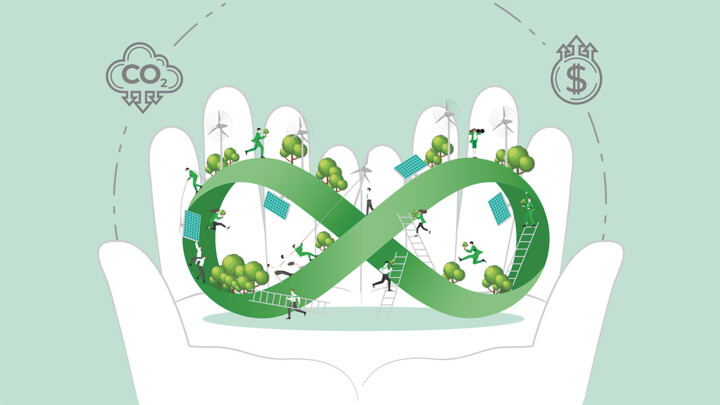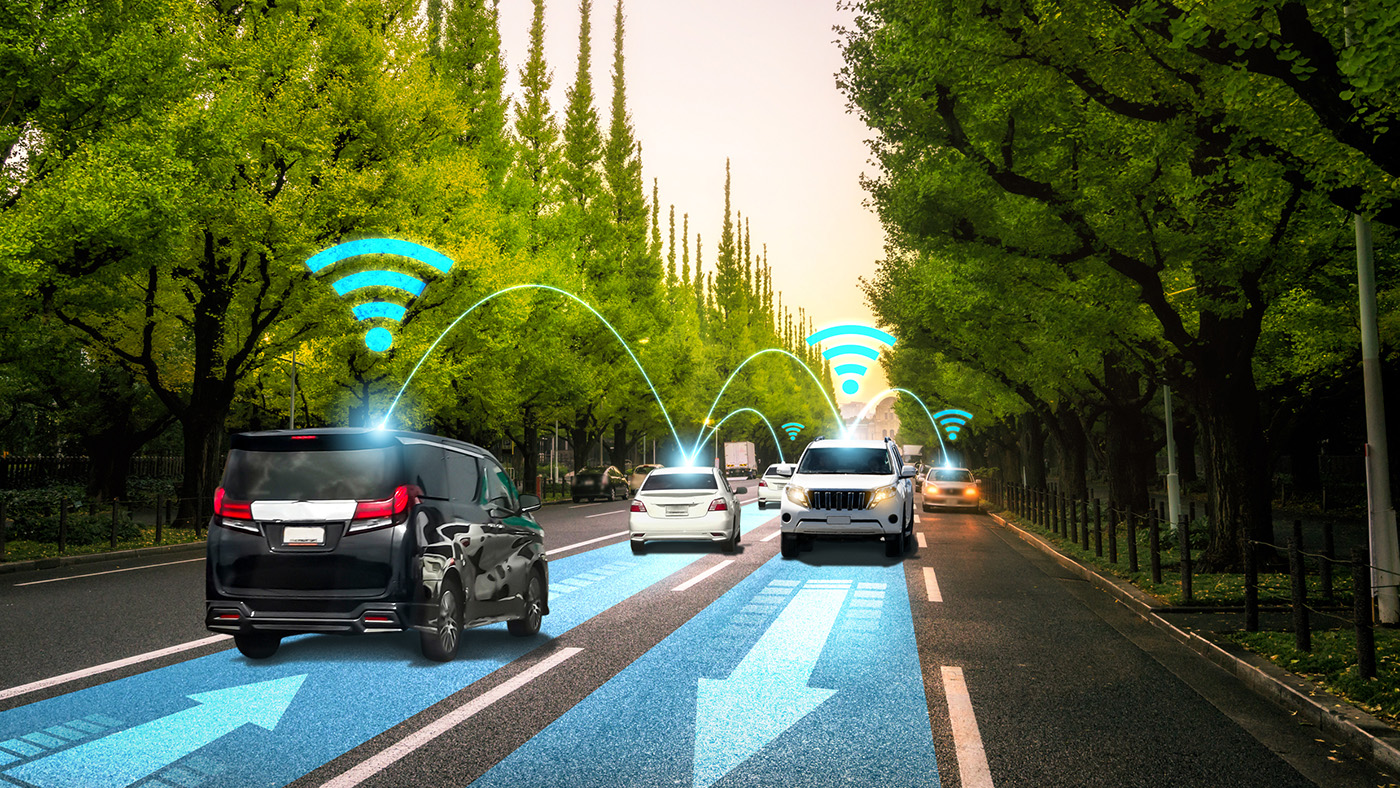Transforming IT Infrastructure: Embracing the Circular Economy Model
Thomas Amberg from ynvolve dives into the principles of the circular economy, exploring how IT professionals can adapt and benefit from this sustainable model.

© Korakrich Suntornnites | istockphoto.com
With sustainability and environmental consciousness at the forefront, the circular economy has emerged as a transformative tool that challenges traditional linear models. This shift is not limited to tangible goods; it extends to the area of Information Technology (IT) infrastructure, where a circular economy approach can revolutionize lifecycle management. This article dives into the principles of the circular economy, exploring how IT professionals – particularly IT managers of large corporate entities and CTOs of web-hosting and cloud companies – can adapt and benefit from this sustainable model.
Understanding the circular economy
The linear economy, characterized by the ‘take, make, dispose’ approach, has long been the conventional model for resource utilization. However, in a world with finite resources, this approach cannot be sustainable. The circular economy model offers a compelling alternative. It is an economic system designed to minimize waste and make the most of resources. In essence, it promotes a closed-loop system where products, materials, and resources are reused, refurbished, remanufactured, and recycled.
The IT industry, with its rapid pace of innovation and constant hardware upgrades, generates a significant amount of electronic waste. According to the United Nations, 8 kg of e-waste per person would be produced worldwide in 2023. This means 61.3 million tonnes of electronic waste discarded within a year.
Embracing the circular economy in IT infrastructure lifecycle management can mitigate the environmental impact, promote sustainability, and yield economic benefits.
Key principles for circular IT Infrastructure Lifecycle Management
All of this might look intimidating at first, but if you follow a few key principles you will already have a head start in building a resilient and sustainable approach. Let’s have a look at those few fundamentals that will quickly make your circular journey easier:
- Design for longevity and upgradability:
IT managers can start by advocating for the design and procurement of IT infrastructure components with a focus on longevity and upgradability. Opting for modular designs allows for easier component replacement and upgrades, extending the lifespan of hardware. This approach aligns with the circular economy principle of maximizing product life.
- Implementing asset recovery and reuse programs:
Instead of discarding outdated equipment, organizations can establish asset recovery and reuse programs. This involves refurbishing and repurposing hardware components that are still functional. By extending the life of equipment, businesses can extract maximum value from their investments while minimizing electronic waste.
- Closed-loop recycling for electronic waste:
When hardware reaches the end of its useful life, responsible disposal is crucial. IT managers should prioritize recycling programs that facilitate the recovery of valuable materials from electronic waste. This closed-loop recycling ensures that raw materials are reintroduced into the production cycle, reducing the demand for new resources and minimizing environmental impact.
- Collaboration and industry partnerships:
IT managers should actively seek collaboration with industry partners, suppliers, and manufacturers committed to circular economy practices. By fostering a circular supply chain, organizations can influence the entire IT ecosystem, driving sustainable practices from design to disposal.
Benefits of circular economy adoption in IT
Embracing the circular economy isn’t just a trend, it can be a game changer for your organization if properly implemented. From cost savings to CSR through sustainability, here are four ways to make your circular IT initiatives impactful from day one:
- Cost savings
Adopting a circular economy approach can lead to significant cost savings over the long term. Extending the life of IT infrastructure components, reusing equipment, and recycling materials can reduce the need for frequent replacements and lower overall procurement costs. In 2015, as part of a major study with the Ellen MacArthur Foundation, McKinsey demonstrated that such an approach could boost Europe’s resource productivity by 3 percent by 2030, generating cost savings of €600 billion a year and €1.8 trillion more in other economic benefits.
- Reduced environmental impact
The circular economy promotes a more sustainable and eco-friendly approach to IT infrastructure management. By minimizing waste, reducing energy consumption, and optimizing resource use, organizations can significantly decrease their environmental footprint.
- Enhanced Corporate Social Responsibility (CSR)
Embracing circular economy principles enhances an organization’s CSR profile. Demonstrating a commitment to sustainability not only resonates with environmentally conscious consumers but also aligns with global efforts to combat climate change.
- Future-proofing IT investments
The rapid evolution of technology makes future-proofing IT investments a challenge. A circular economy approach, with its emphasis on durability and upgradability, ensures that IT infrastructure remains relevant and adaptable to emerging technologies.
In a nutshell, in the dynamic landscape of IT, embracing the circular economy is not just a sustainable choice but also a smart strategic decision. IT managers and CTOs wield considerable influence in driving organizations towards a more circular approach to IT infrastructure lifecycle management.
By prioritizing design for longevity, implementing reuse and recycling programs, and fostering industry partnerships, IT leaders can help the IT industry aim at a more sustainable and resilient future. In doing so, they not only contribute to environmental preservation, but also position their organizations as educated leaders in responsible and forward-thinking IT lifecycle management.
Born and raised in southern Germany, Thomas Amberg is a European at heart. He combines an international mindset with his practical and dynamic approach to life. Studying and living abroad in the Netherlands and Denmark taught him to be adaptable and culturally aware. Now responsible for the development of DACH markets, he is also a passionate handball player.
Please note: The opinions expressed in Industry Insights published by dotmagazine are the author’s or interview partner’s own and do not necessarily reflect the view of the publisher, eco – Association of the Internet Industry.





